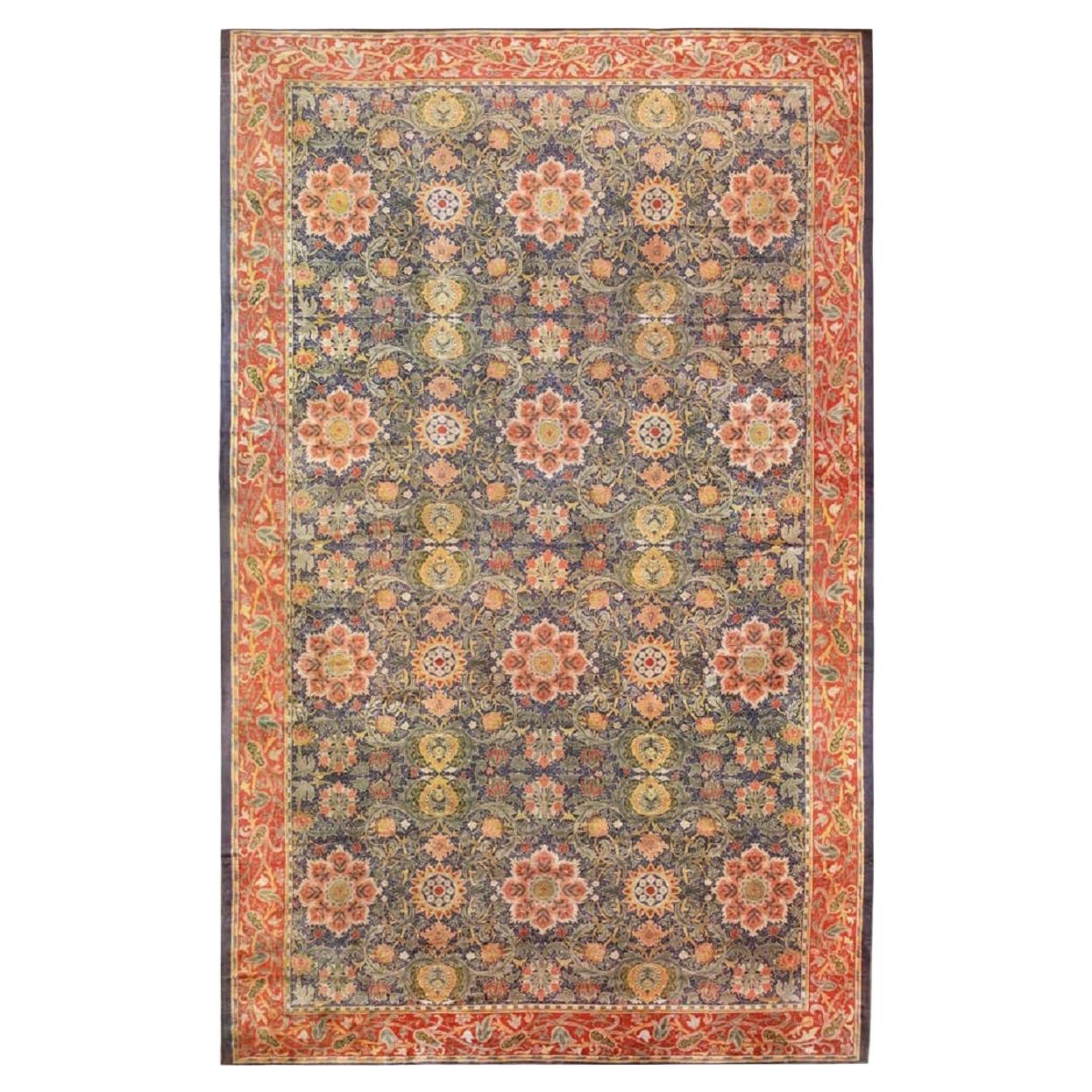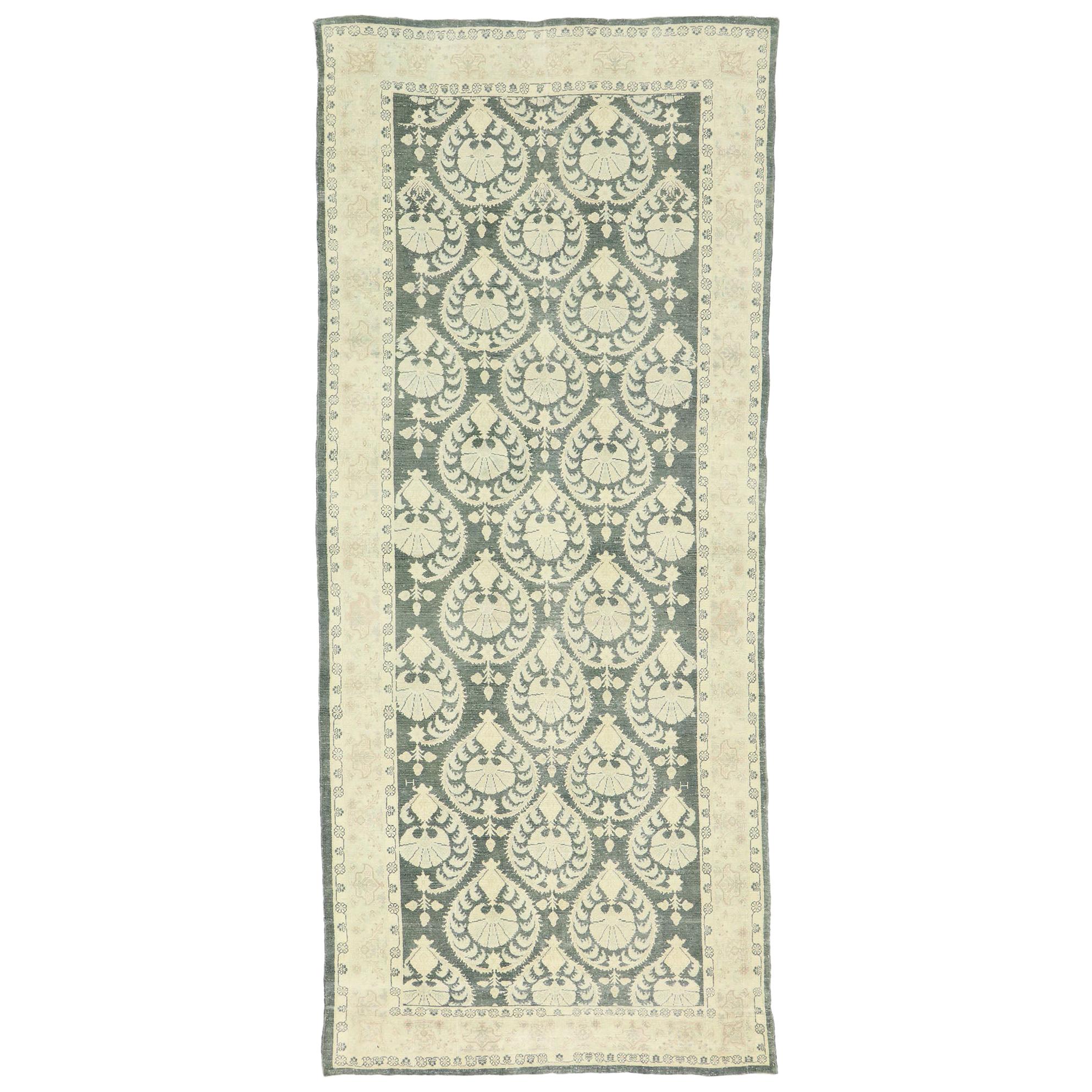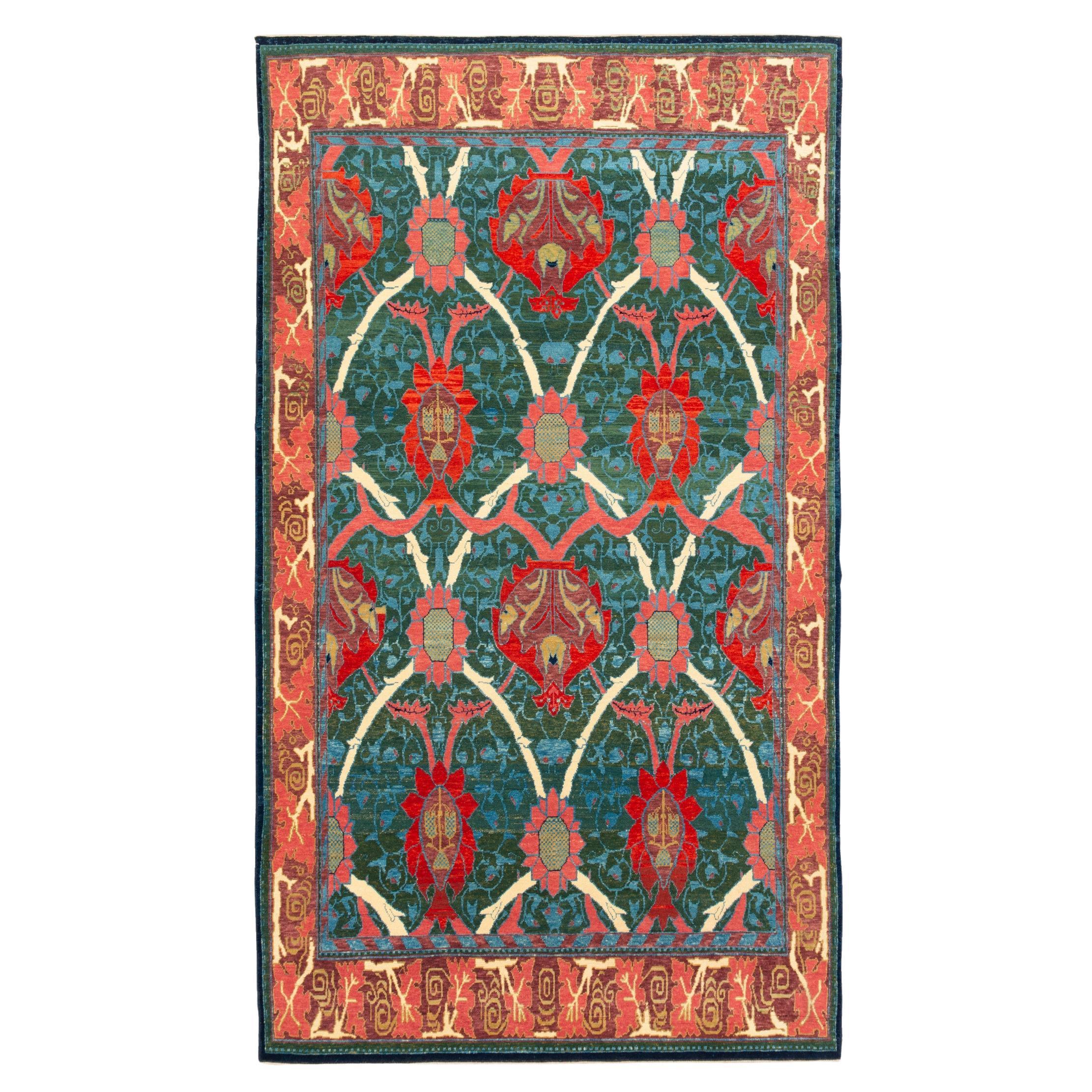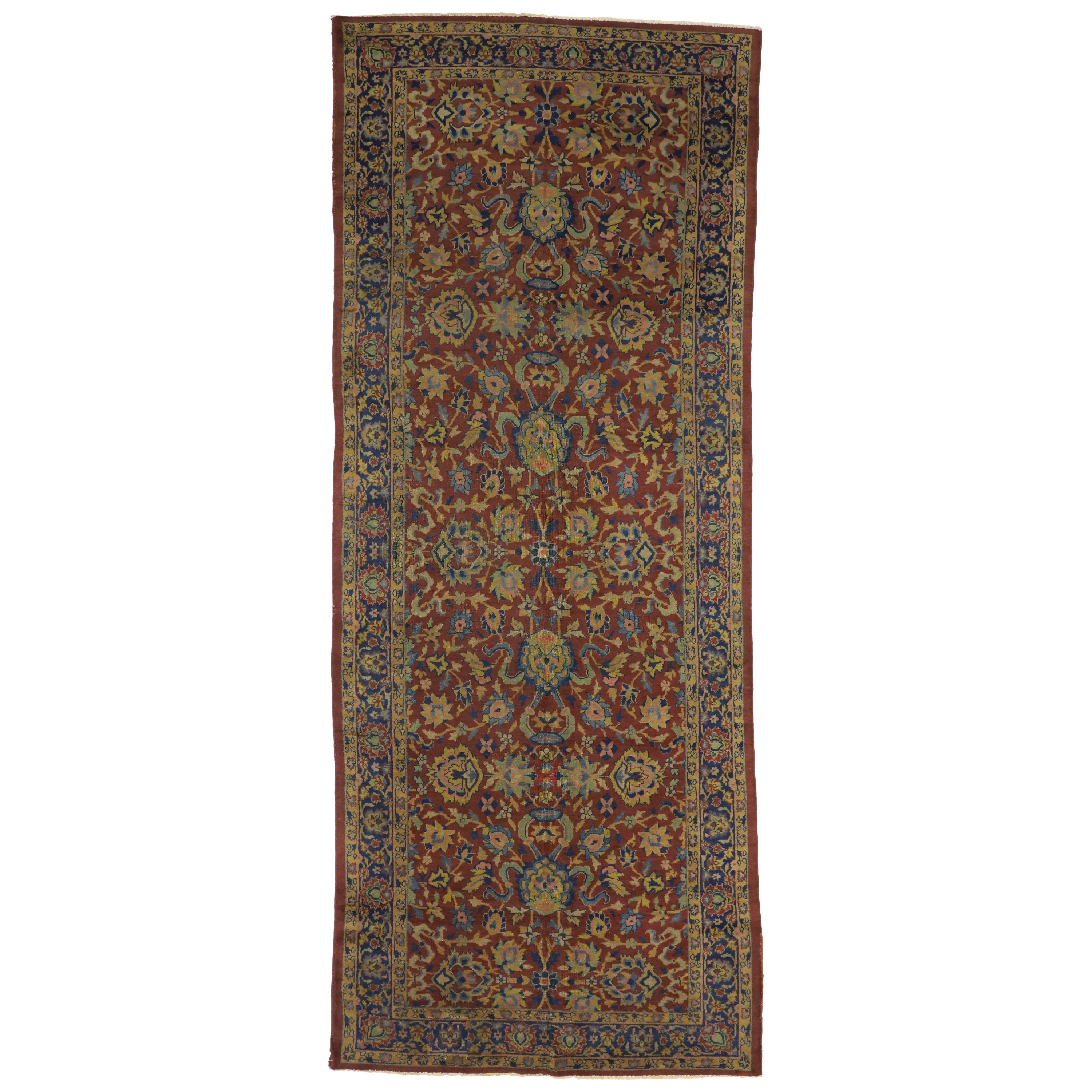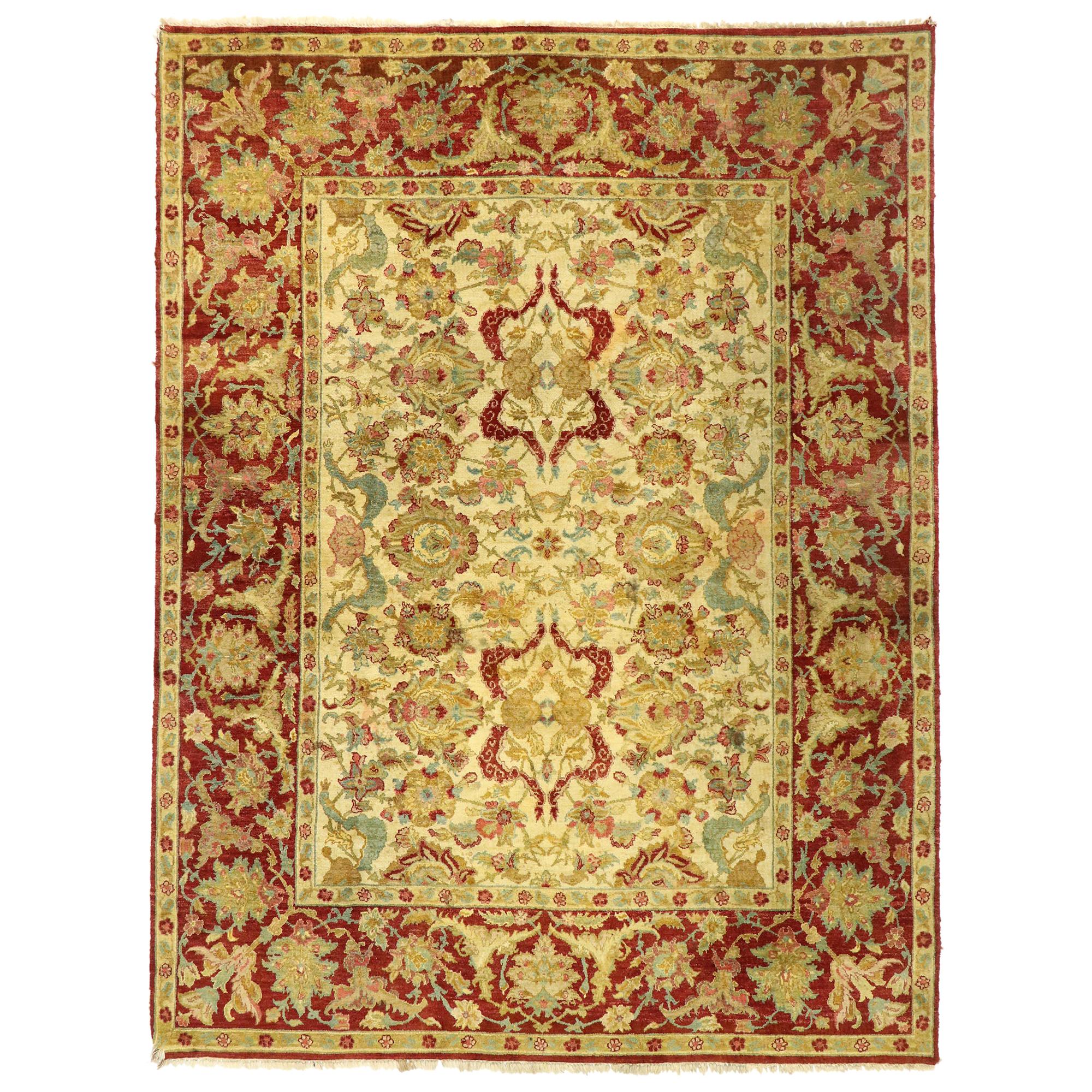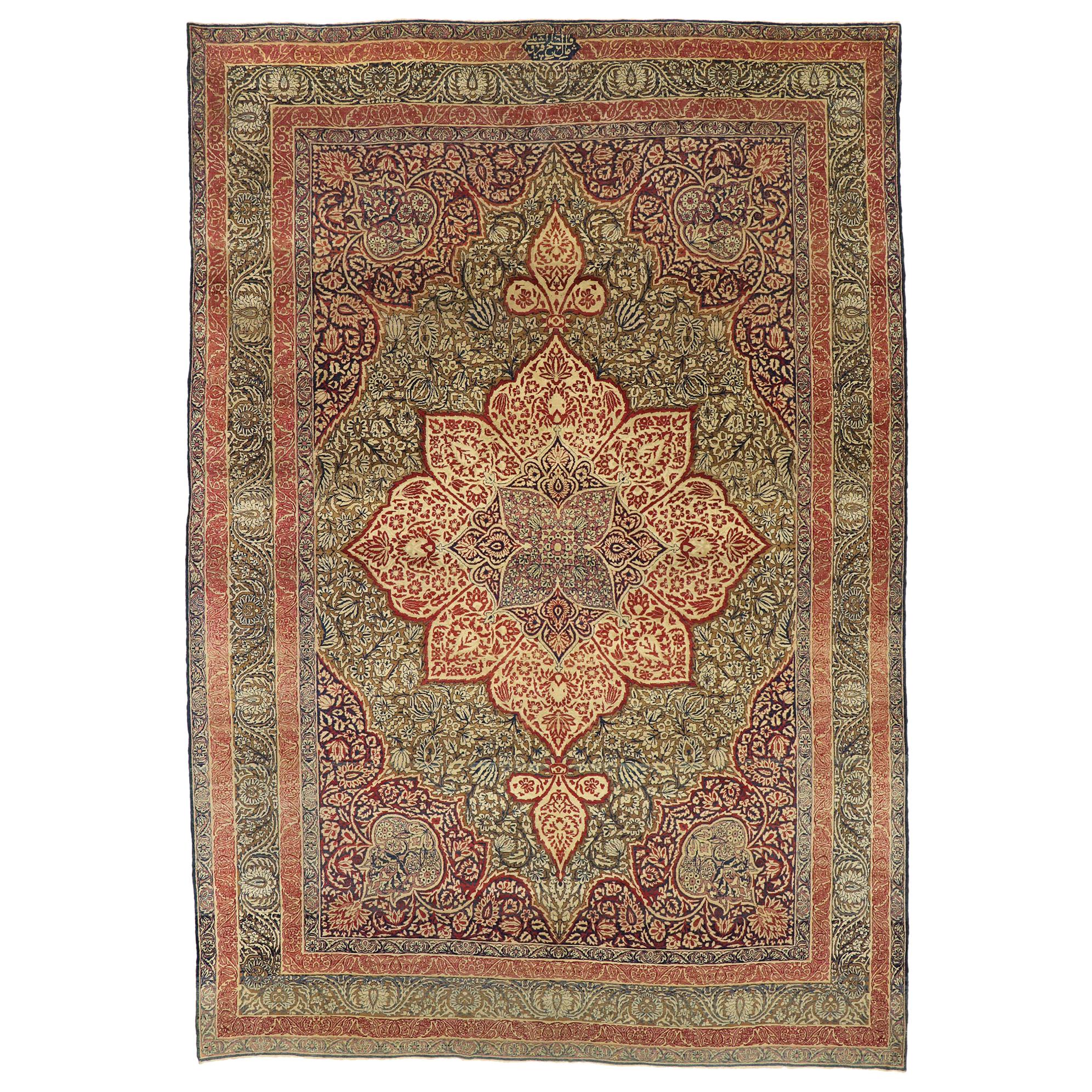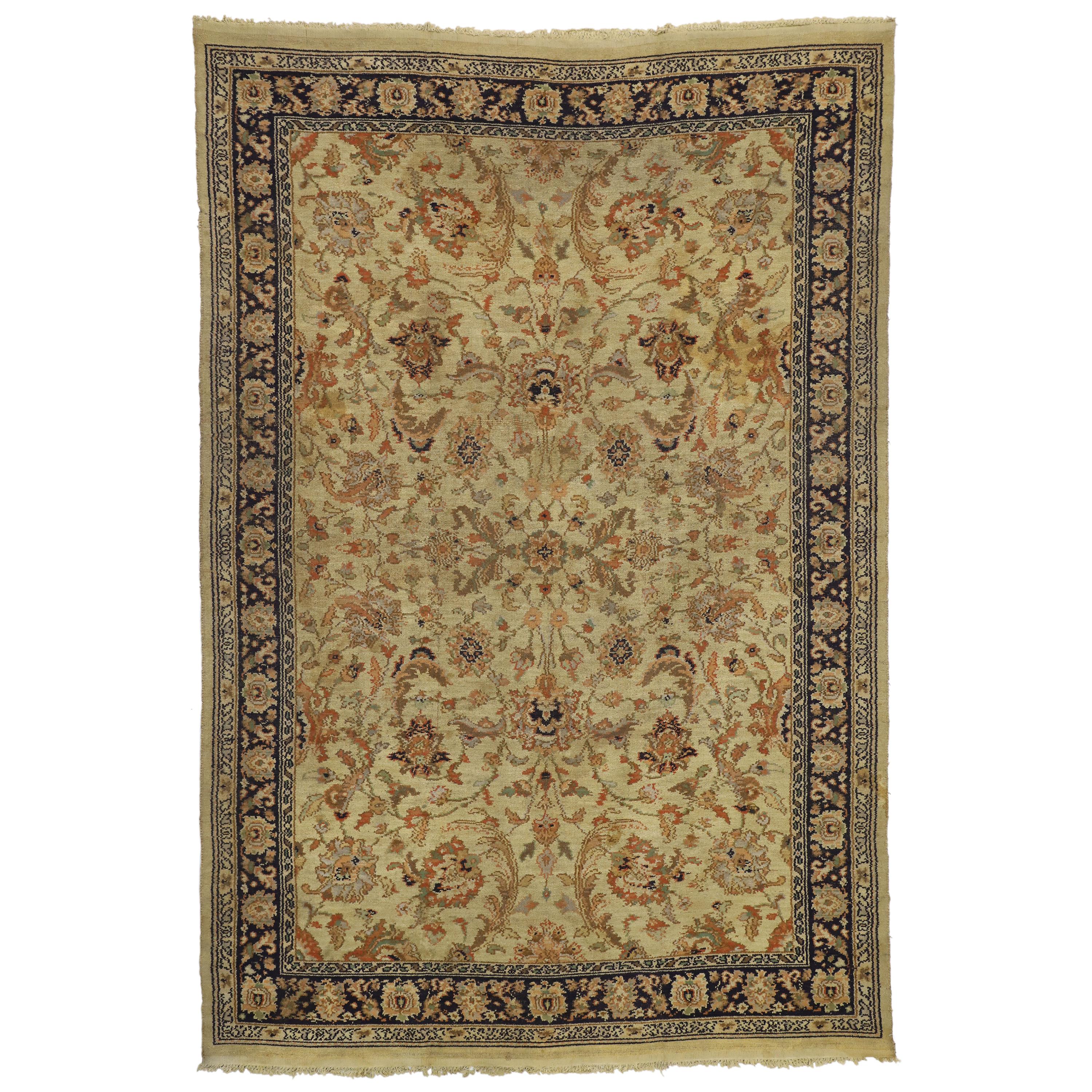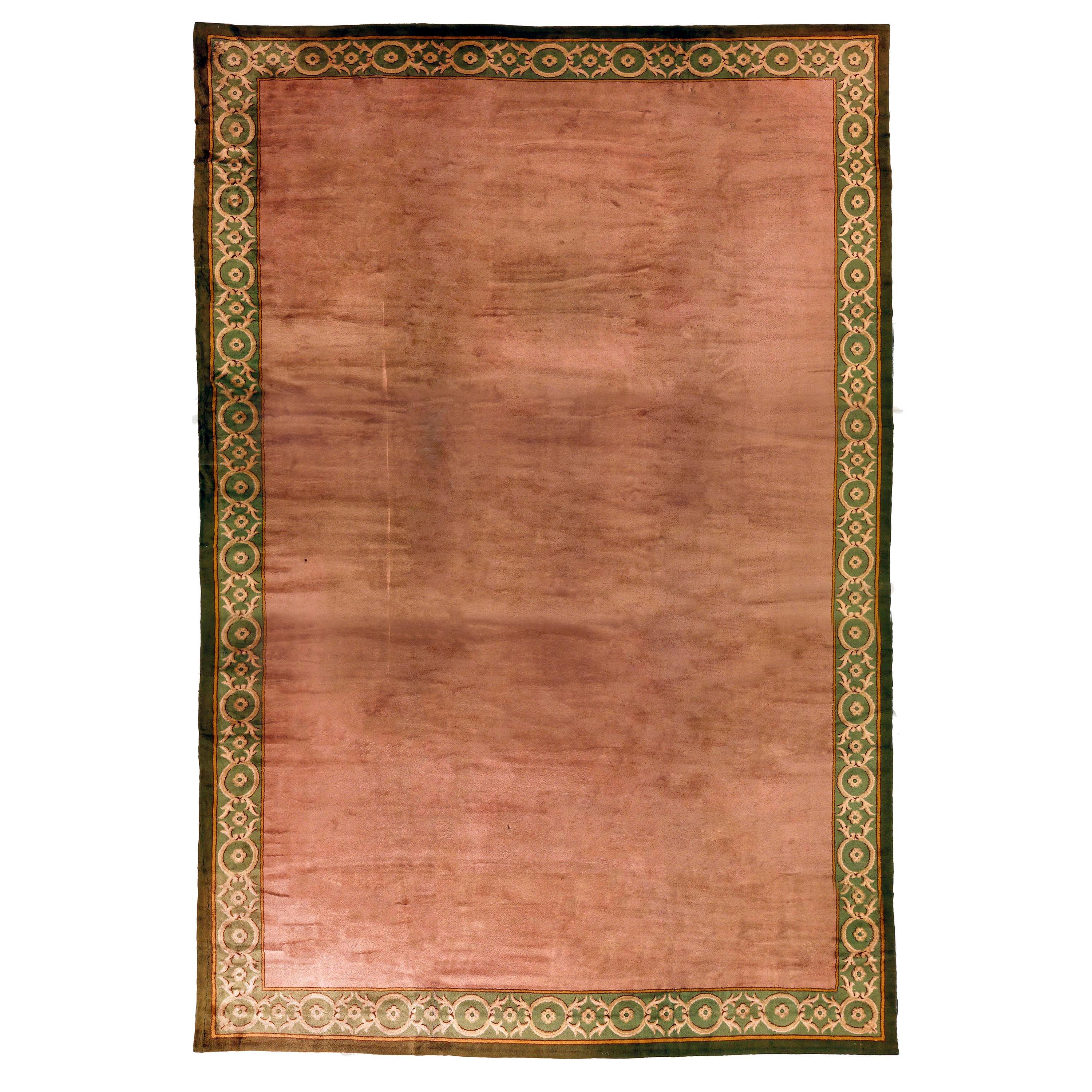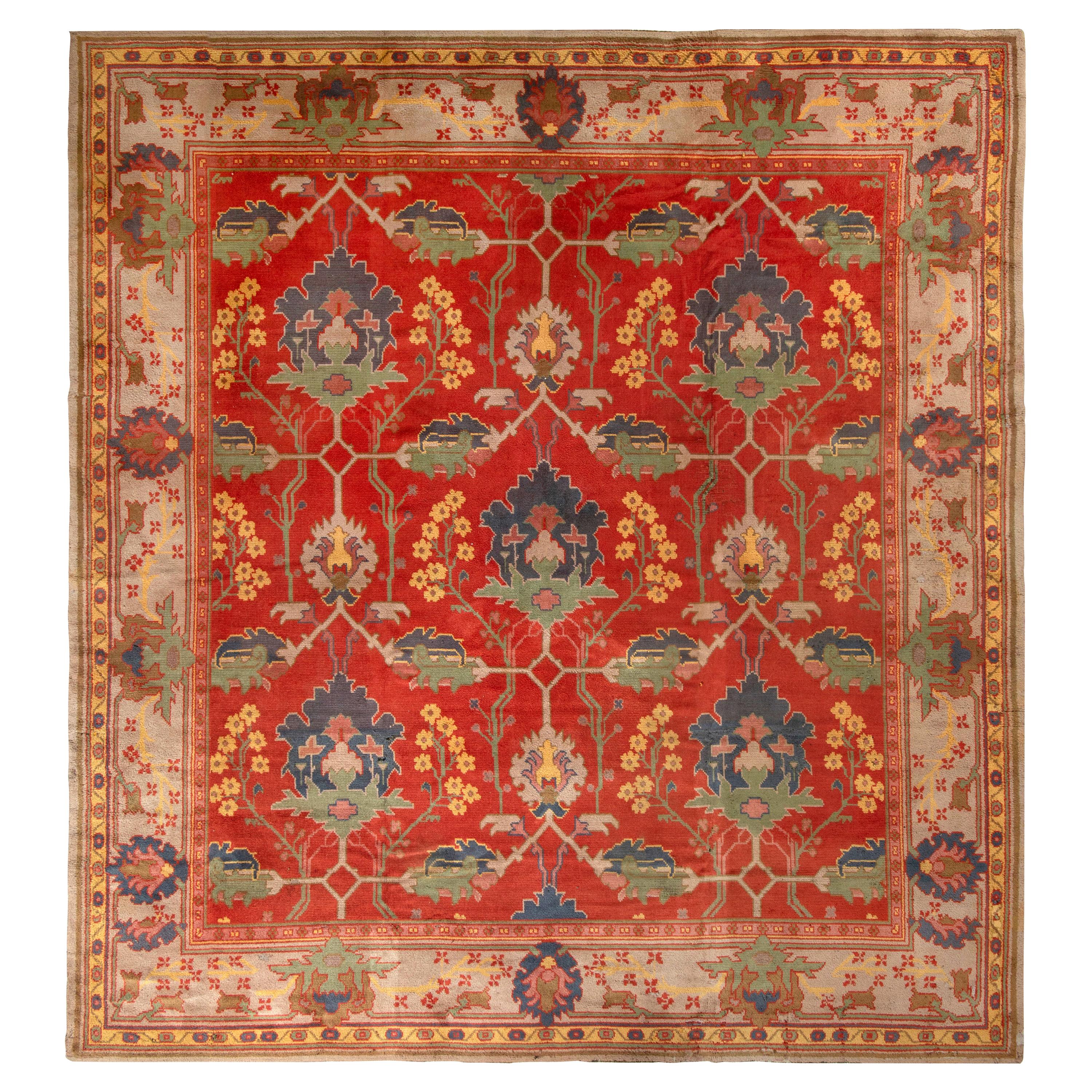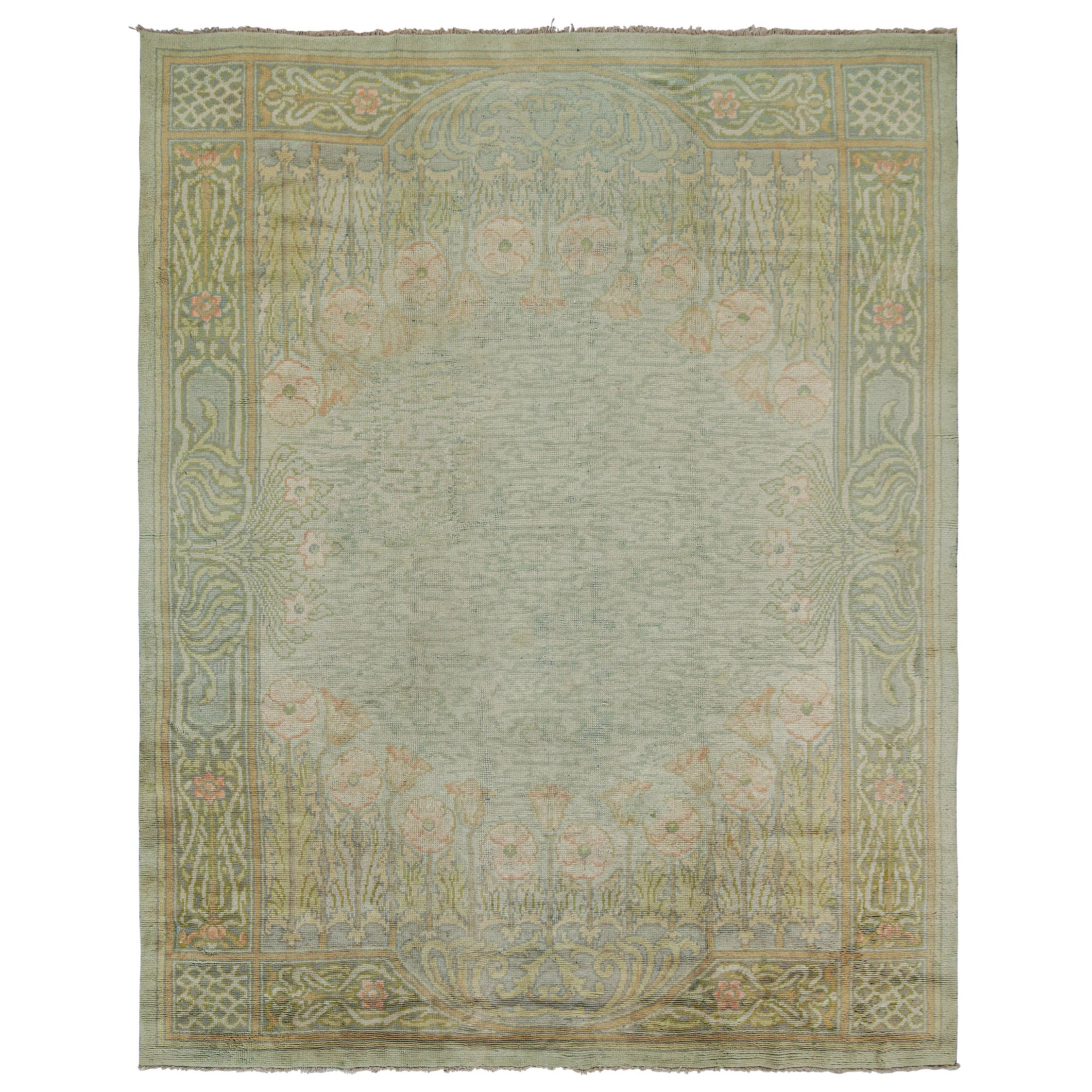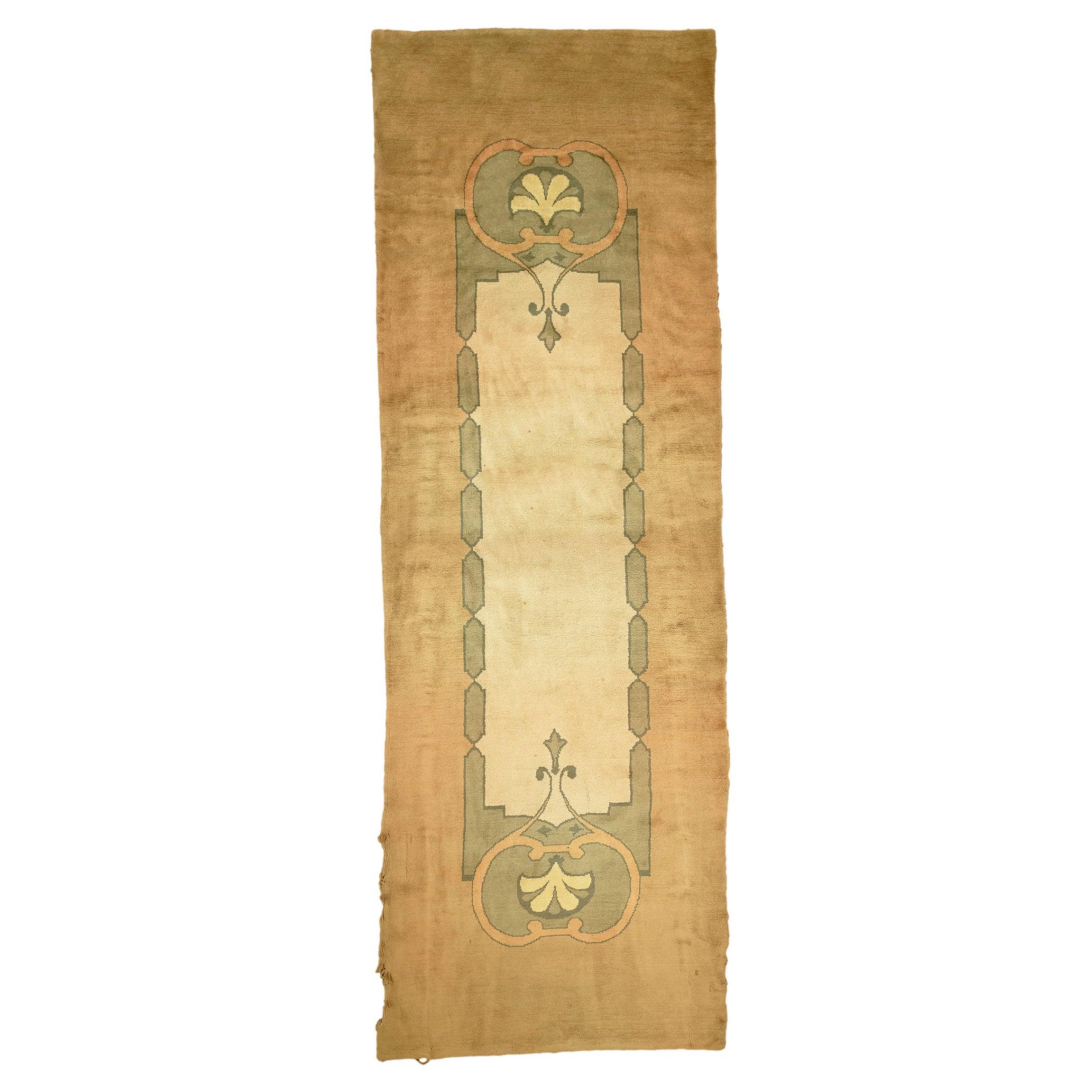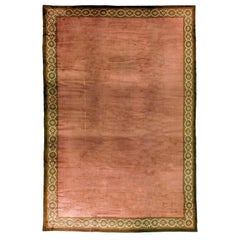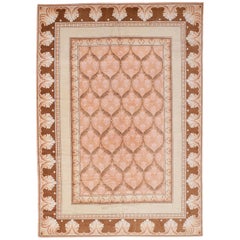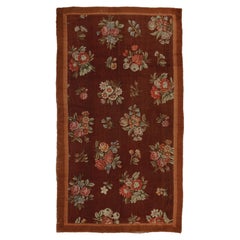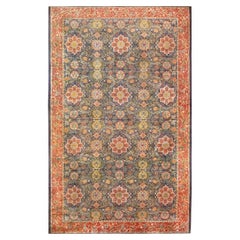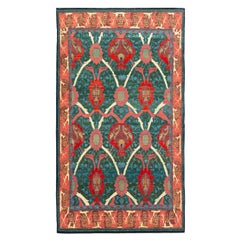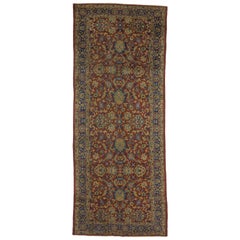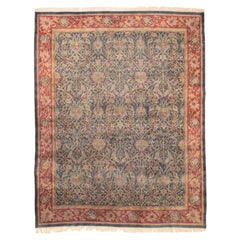
Antique Indian Arts & Crafts Rug with William Morris Hammersmith Design
View Similar Items
Want more images or videos?
Request additional images or videos from the seller
1 of 12
Antique Indian Arts & Crafts Rug with William Morris Hammersmith Design
About the Item
- Dimensions:Width: 110.24 in (280 cm)Length: 141.74 in (360 cm)
- Style:Arts and Crafts (Of the Period)
- Materials and Techniques:Wool,Hand-Knotted
- Place of Origin:
- Period:
- Date of Manufacture:Circa 1930
- Condition:
- Seller Location:Milan, IT
- Reference Number:Seller: Alberto Levi Gallery 060891stDibs: LU954937658112
About the Seller
5.0
Recognized Seller
These prestigious sellers are industry leaders and represent the highest echelon for item quality and design.
Gold Seller
Premium sellers maintaining a 4.3+ rating and 24-hour response times
Established in 1997
1stDibs seller since 2012
203 sales on 1stDibs
Typical response time: 2 hours
Authenticity Guarantee
In the unlikely event there’s an issue with an item’s authenticity, contact us within 1 year for a full refund. DetailsMoney-Back Guarantee
If your item is not as described, is damaged in transit, or does not arrive, contact us within 7 days for a full refund. Details24-Hour Cancellation
You have a 24-hour grace period in which to reconsider your purchase, with no questions asked.Vetted Professional Sellers
Our world-class sellers must adhere to strict standards for service and quality, maintaining the integrity of our listings.Price-Match Guarantee
If you find that a seller listed the same item for a lower price elsewhere, we’ll match it.Trusted Global Delivery
Our best-in-class carrier network provides specialized shipping options worldwide, including custom delivery.More From This Seller
View AllAntique Arts & Crafts Wilton Oversize Rug with Green Architectural Border
Located in Milan, IT
A Minimalist Arts & Crafts carpet characterized by a completely open camel background, framed by a narrow green border decorated by elegantly rendered architectural motifs.
Category
Early 20th Century British Arts and Crafts Western European Rugs
Materials
Wool
Antique Wilton Rug with Arts & Crafts Pattern in Pastel Colors, circa 1910
Located in Milan, IT
Following the closure of the Axminster manufactory in Devonshire in 1835, the demand for floral carpets made in the Rococo Revival style was supplied by the Wilton Royal Carpet...
Category
Vintage 1910s English Arts and Crafts Western European Rugs
Materials
Wool
Arts & Crafts Donegal Light Blue Wool Rug Attributed to Gavin Morton, circa 1910
By Gavin Morton
Located in Milan, IT
The Donegal carpet factory was responsible for the weaving of the most significant hand-knotted carpets of the Arts & Crafts period. Guided initially by British architect-designers s...
Category
Early 20th Century Irish Arts and Crafts Western European Rugs
Materials
Wool
Antique French Charles X Savonnerie Rug with Botanical Design, Circa 1820
Located in Milan, IT
The prestigious Savonnerie rugs woven at Aubusson have always been synonymous of antique French textile art. These find their best expression in the age of Napoleon, the First Empire...
Category
Antique 1820s French Charles X Western European Rugs
Materials
Wool
Antique Art Deco Chinese Rug with Abstract Design by Nichols & Co.
Located in Milan, IT
Only a very limited group of the carpets, woven during the thirties at the Tianjin city looms in northern China, are decorated by geometric patterns typical of the Art Deco period. The large majority of Tianjin rugs...
Category
Vintage 1920s Chinese Art Deco Western European Rugs
Materials
Wool
Antique Wilton Royal Carpet Factory Room Size Rug with Modernist Art Deco Design
Located in Milan, IT
Following the closure of the Axminster manufactory in Devonshire in 1835, the demand for carpets in England was supplied by the Wilton Royal Carpet Factory, located in Salisbury. In ...
Category
Vintage 1930s English Art Deco Western European Rugs
Materials
Wool
You May Also Like
Antique Arts & Crafts William Morris Design Rug. Size: 19 ft x 30 ft
By William Morris (English)
Located in New York, NY
Magnificent and rare large oversized antique Arts & Crafts William Morris Design rug, country of origin / rug type: Irish rug, circa date: L...
Category
Antique Late 19th Century Irish Arts and Crafts Western European Rugs
Materials
Wool
Arts & Crafts Style Distressed Vintage Romanian Rug Inspired by William Morris
By William Morris (English)
Located in Dallas, TX
53033, distressed vintage Romanian Rug inspired by William Morris with Arts & Crafts style. Reminisce of 19th century French designs and decorativ...
Category
Mid-20th Century Romanian Arts and Crafts Western European Rugs
Materials
Wool
$3,303 Sale Price
20% Off
Ararat Rugs Holland Park William Morris Carpet, Arts and Crafts, Natural Dyed
By Ararat Rugs
Located in Tokyo, JP
The source of carpet comes from the book Arts & Crafts Carpets, by Malcolm Haslam, and David Black, 1991, fig.49. This Hammersmith carpet was designed by William Morris in 1882, in the United Kingdom. In 1887 English artist and bookbinder T.J. Cobden Sanderson, suggested that a new group be named the “Arts and Crafts Exhibition Society” As a result, he was the first to use the term “Art and Crafts” and also is credited with naming this new emerging movement. The Arts & Crafts movement was inspired by the degradation of product standards that resulted from the factory production age. The rise of machinery in manufacturing caused a noticeable decline in uniqueness and crafts. These anti-Industrial reformers promoted economic advancement and social change. They wanted to eliminate poor quality and “artificial” items from 19th century British society. They saw a plethora of uninteresting items on display at the Great Exhibition of 1851 and became inspired to launch a Campaign for originality and uniqueness.
William Morris was an English designer, as well as an uplifting social activist and writer. Morris is credited with sparking the rebirth of textile arts and traditional means of production. In 1861, Morris and a small group of designers opened an incredibly fashionable design company that grew to be largely successful. Morris left behind works in many different mediums such as textiles, books, furniture, stained glass, and area rugs. But in the end, he is most remembered for the magnificent wallpapers that he designed. He got much of his inspiration from the natural world. Through his interior decor pieces, Morris set out to convert rooms or spaces into meadows with beautiful trees meandering, vines, and plants. This concept of taking something Industrial and man-made, and converting it into something natural is what William Morris meant when he once said: “-any decoration is futile… when it does not remind you of something beyond itself.”
Morris was a huge commercial success and his works are some of the most sought-after pieces in the world of design and decor. He is also credited with almost single-handedly reviving the British textile arts as well as their methods of production. Morris was also severely critical of machine-made goods, exclaiming, “Today almost all wares that are made by civilized man are shabbily and pretentiously ugly.” Houses were filled “with tons and tons of unutterable rubbish,” which, he suggested, should be heaped onto a gigantic bonfire! “As a condition of life, production by machinery is altogether evil.” He masterminded one of the most well-known styles of Arts & Crafts, recognizable by its twisting and arching patterns and simple, elegant floral design prints. Although Morris believed that Persian carpets were the greatest ever made, he adopted the coarser Turkish (Ghiordes) knot for his hand knotted carpet manufacture. They were woven at a thickness of 25 knots to the square inch at that time. Morris & Co.’s rugs are reminiscent of Persian garden design carpets in that they are smartly styled depictions of English gardens. Donegal also started producing highly desirable Irish rugs in the late 19th century. The Donegal rugs were predominantly created by English architects C.F.A. Voysey and Gavin Morton. The handcrafted Voysey rugs are typically woven in England, Scotland, and Ireland. Voysey had a knack for using contrasting shapes to decorate flat monochromatic spaces. Dark outlines added a flair of drama to his signature pattern and Celtic rug...
Category
21st Century and Contemporary Turkish Arts and Crafts Western European Rugs
Materials
Wool, Organic Material, Natural Fiber
$5,360 Sale Price
20% Off
Free Shipping
Antique Indian Agra William Morris Inspired Gallery Rug with Arts & Crafts Style
By William Morris (English), Charles Voysey
Located in Dallas, TX
72059 Antique Indian Agra Rug, 06'00 x 15'00. Step into the timeless artistry of Mughal India with this exquisite hand-knotted wool antique Indian Agra rug, a remarkable piece that e...
Category
Early 20th Century Indian Arts and Crafts Indian Rugs
Materials
Wool
$5,200 Sale Price
20% Off
Vintage Indian Rug with Arts & Crafts Style Inspired by William Morris
By William Morris (English)
Located in Dallas, TX
77517, vintage Indian rug with Arts & Crafts style inspired by William Morris. The architectural elements of naturalistic forms combined with Arts & Crafts style, this hand knotted w...
Category
Mid-20th Century Indian Arts and Crafts Indian Rugs
Materials
Wool
$2,999 Sale Price
20% Off
Antique Arts & Crafts Rug in Rust with Floral Patterns
Located in Long Island City, NY
This antique 10x16 Arts & Crafts rug is a rare new unveiling from the Antique & Vintage Collection by Rug & Kilim.
On the Design:
Hand-knotted in wool, this piece originates from...
Category
Antique 1870s Irish Arts and Crafts Western European Rugs
Materials
Wool
Recently Viewed
View AllMore Ways To Browse
1920s Spode Plates
1920s Vintage Martini Glasses
1920s Kitchen Butcher Block Table
1920s Rattan Chaise Longues
1930s Cash Register
1950 Skira Ceramic Print
1950s Latex Lounge Chairs
1950s Mahogany Loveseats
1950s Mahogany Office Chairs and Desk Chairs
1950s Mens Pants
1960 Lenox
1969 Vw Beetle
1970s Bucket Hat
1970s Fiberglass Club Chairs
19c Wingback Chair
19th Century English Prep Table
19th Century Indian Silk Painting
19th Century Louis Xvi Style Giltwood Canape Settee
